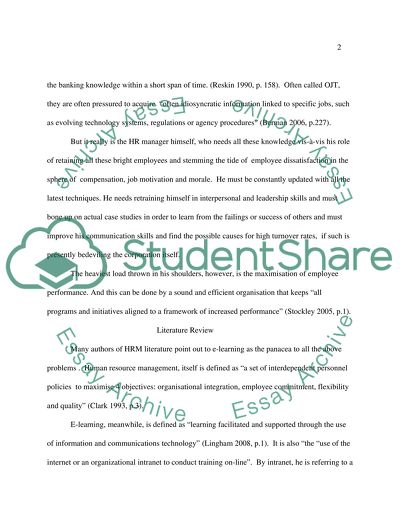Cite this document
(“E-learning as a Tool for Human Resource Management Essay”, n.d.)
E-learning as a Tool for Human Resource Management Essay. Retrieved from https://studentshare.org/human-resources/1526968-e-learning-as-a-tool-for-human-resource-management
E-learning as a Tool for Human Resource Management Essay. Retrieved from https://studentshare.org/human-resources/1526968-e-learning-as-a-tool-for-human-resource-management
(E-Learning As a Tool for Human Resource Management Essay)
E-Learning As a Tool for Human Resource Management Essay. https://studentshare.org/human-resources/1526968-e-learning-as-a-tool-for-human-resource-management.
E-Learning As a Tool for Human Resource Management Essay. https://studentshare.org/human-resources/1526968-e-learning-as-a-tool-for-human-resource-management.
“E-Learning As a Tool for Human Resource Management Essay”, n.d. https://studentshare.org/human-resources/1526968-e-learning-as-a-tool-for-human-resource-management.


